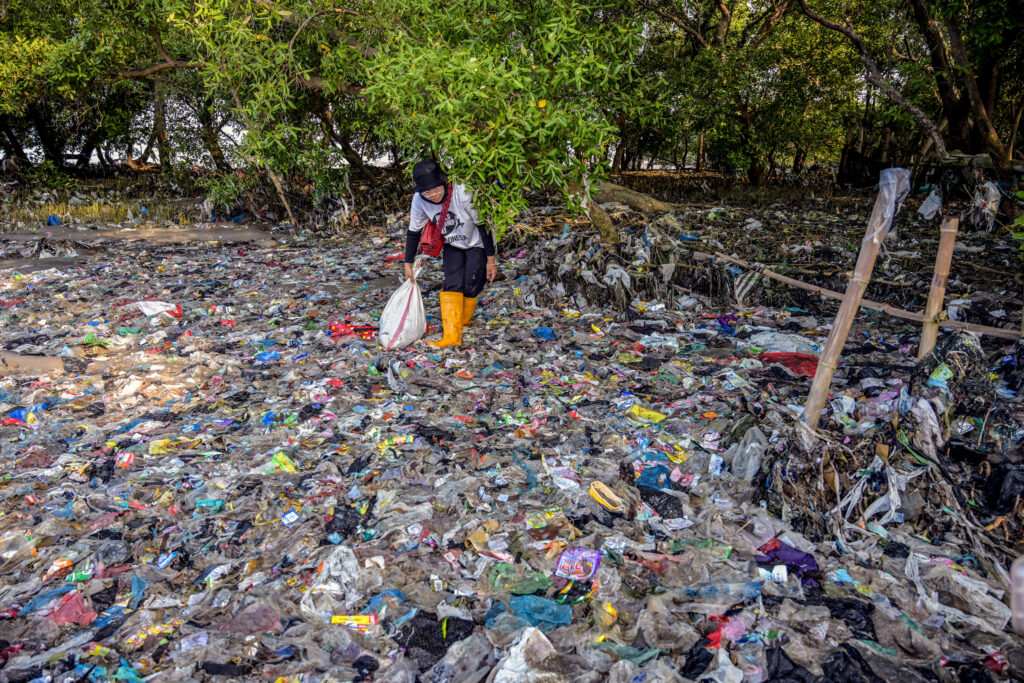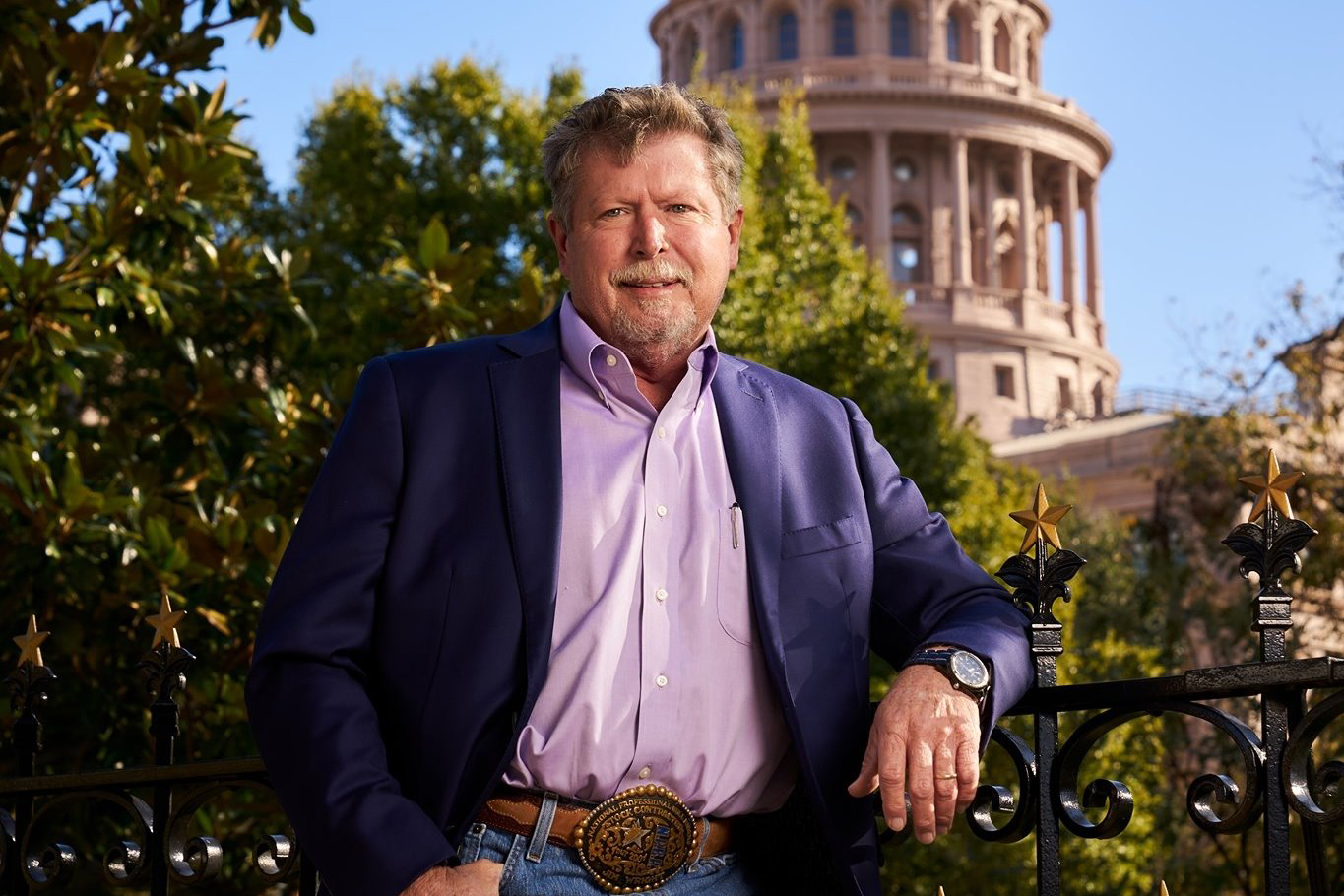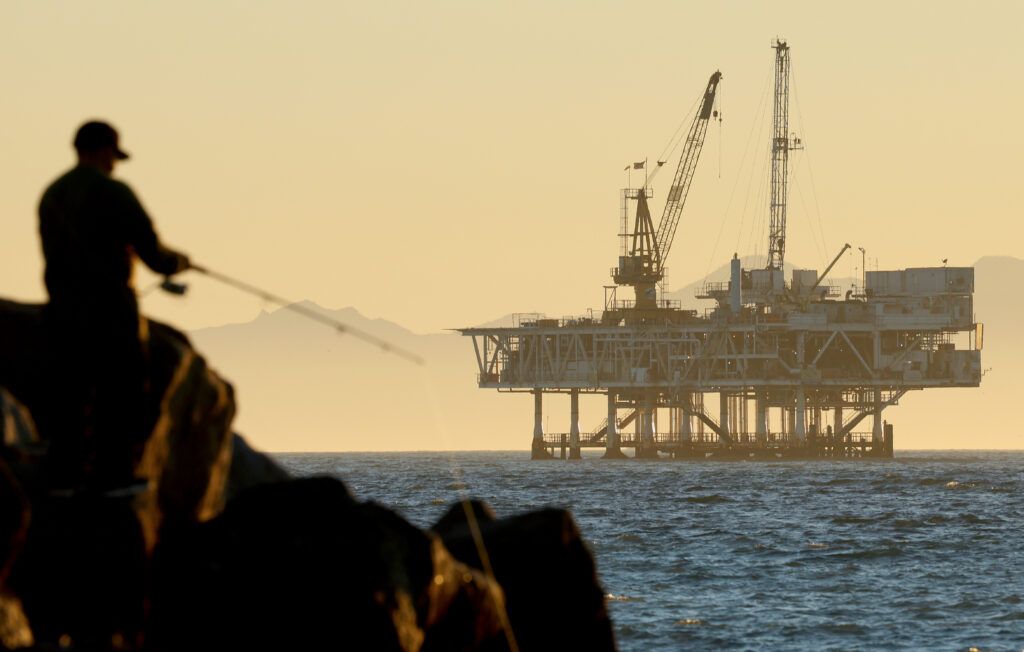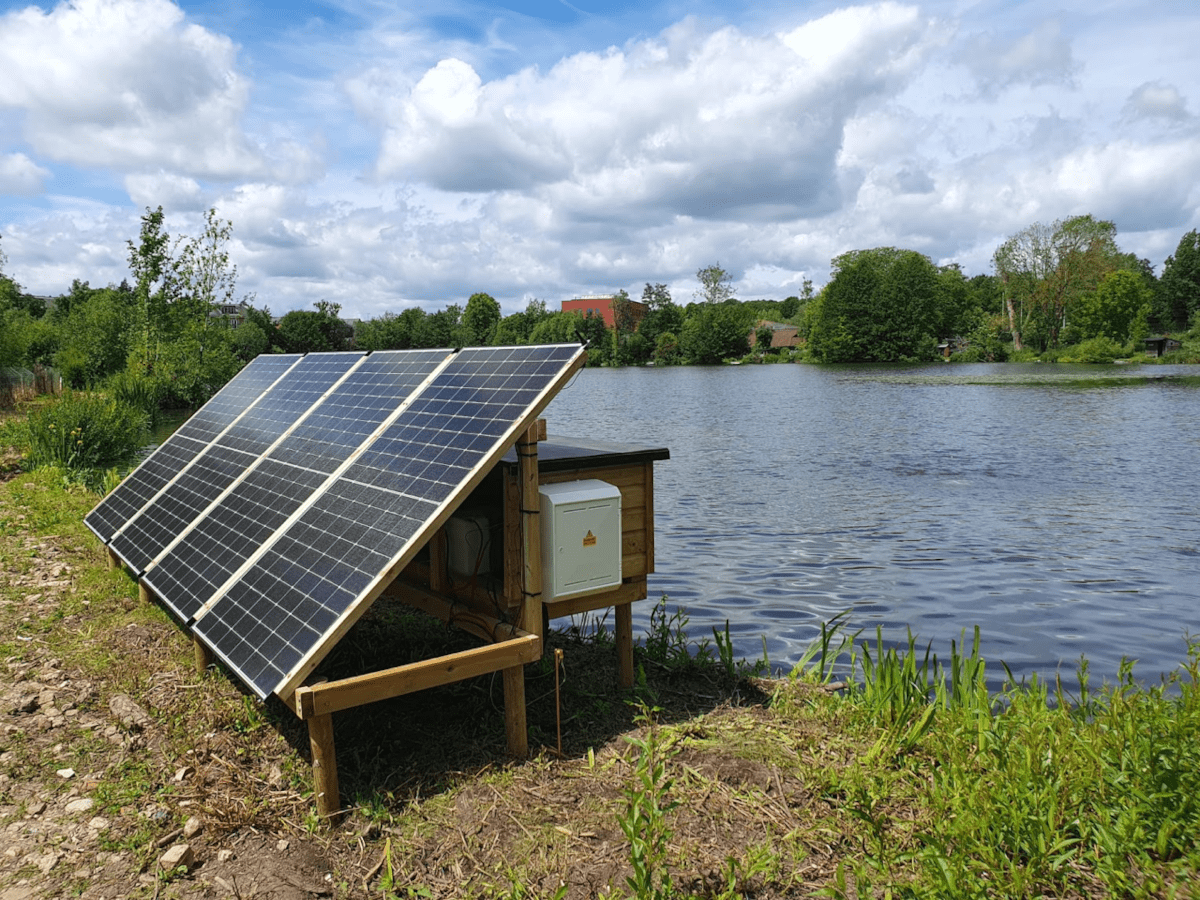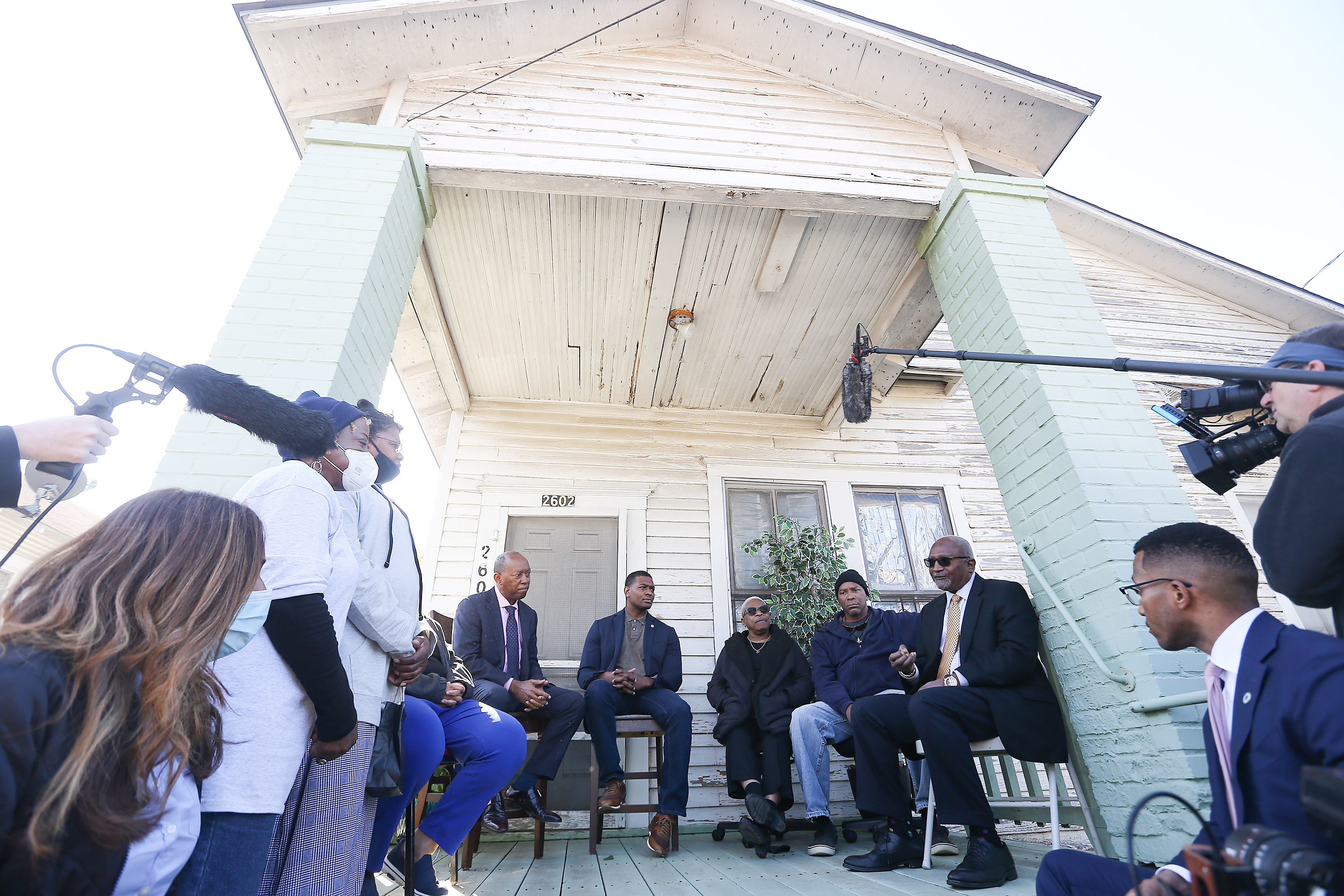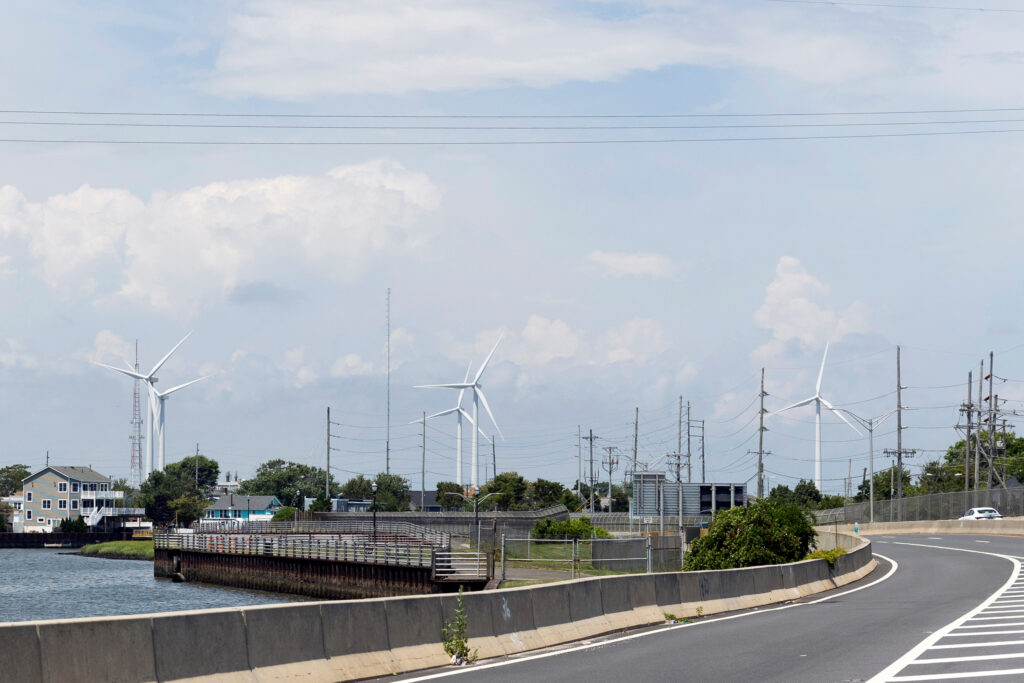On a cool morning in late February, Mark Fix was up before the sun to watch the Tongue River on his ranch in southeast Montana. He was concerned that a breaching ice dam could put his cattle and property in the path of rushing water carrying plates of ice the size of a dinner table.
He was relieved to find that only his fencing and the riverbanks were damaged; his cattle were spooked but okay, he said. Across three decades of ranching on his property about 20 miles south of Miles City, Montana, Fix, who was born in Ekalaka, has grown accustomed to contending with threats from mother nature, but has also noticed them intensifying and accelerating.
“As I get older, it is harder to go through all of these unique climate change deals that we get hit with,” he said. About 10 years ago, a tornado ripped through Fix’s ranch, slashing through the roofs of his barn and home. He remembers winds reaching 100 miles per hour.
“I thought ‘What the heck? We don’t have this kind of stuff in Montana.’”
The aftermath of a 2013 tornado that damaged Mark Fix’s ranch near Miles City, Mont. Credit: Courtesy of Mark Fix
In February, Northern Plains Resource Council, the Montana-based environmental organization Fix used to chair, joined other environmental groups and two tribes in a request filed with the U.S. District Court for Wyoming to allow them to join proceedings in a lawsuit against the Bureau of Land Management (BLM) over two resource management plans the agency issued last year. The lawsuit, however, wasn’t intended to fight the BLM’s plans, but to make sure the agency defends them.
The plans, one in its Buffalo, Wyoming office, the other in its Miles City, Montana offices, directed the BLM to stop issuing new coal mining leases in the Powder River Basin, a mineral-rich formation straddling southeast Montana and northeast Wyoming.
The Northern Plains Resource Council was concerned that, with President Donald Trump back in the White House, the agency would not defend its resource management plans in court. It was joined by the Northern Cheyenne Tribe, whose reservation lies atop the formation in southeast Montana, a group of environmental activists from the Navajo Nation, which holds mineral rights in the basin and other environmental groups who shared that concern.
We’re hiring!
Please take a look at the new openings in our newsroom.
See jobs
Then, in April, Trump signed an executive order aimed at rejuvenating U.S. coal, which has been hemorrhaging jobs and revenue for decades as mining has become more efficient, and utilities have switched to cheaper ways of generating electricity, like natural gas and, increasingly, even-cheaper wind and solar. He directed the Secretary of the Interior to prioritize coal leasing as “the primary land use for the public lands with coal resources,” required federal agencies to consider “revising or rescinding” federal actions that would transition the nation away from coal and signed a proclamation loosening air pollution restrictions for coal-fired power plants.
Coal mining appeared poised to make a comeback in the Powder River Basin.
A BLM spokesperson said in an email that the agency “is currently in the process of reviewing these resource management plans, as directed by relevant Executive and Secretarial orders,” and added in a separate email that “the BLM is committed to supporting the Trump administration’s prioritization of responsible energy development to make life more affordable for every American family while showing the world the power of America’s natural resources and innovation.”
Yet, burning coal is one of the most expensive ways of generating electricity, behind only nuclear energy and gas-fired “peaker plants,” according to one estimate.
“We’ll continue to try and defend these plans until, essentially, they no longer exist.”
— Melissa Hornbein, Western Environmental Law Center
The Trump administration is “seeking to undo [the two resource management plans] and they want to promulgate a new decision consistent” with Trump’s energy policy, said Melissa Hornbein, an attorney for the Western Environmental Law Center, which is representing several of the parties seeking to intervene in the Montana and Wyoming suit. Since Trump was sworn in in January, Hornbein said the federal government has been filing motions to stay cases that would require the Trump administration to defend policies enacted when Biden was President, which could happen in the effort to preserve the BLM’s Buffalo and Miles City resource management plans.
“We’ll continue to try and defend these plans until, essentially, they no longer exist,” she said.
Wyoming is confident those plans will be replaced. In early March, state house lawmaker Scott Heiner, representing parts of Lincoln, Sweetwater and Unita counties in southwest Wyoming, told Cowboy State Daily that Wyoming was beginning to study building a new “coal-fired plant” using $10 million in state-taxpayer dollars to help fund a yet-to-be-announced project.
“With the new administration, I think they will overturn that [resource management plan] in Buffalo,” the BLM field office that halted new coal leases in northeast Wyoming, “and I think there will be more opportunities to mine coal here in Wyoming,” he told Inside Climate News. Under Trump, Heiner sees “a chance to revitalize coal mining.”

The Powder River Basin, where mining companies report billions in annual revenue and hundreds of millions in profit, produces 41 percent of U.S. coal, according to Energy Information Administration data from 2022. For decades, while coal from the Powder River Basin was shipped across the U.S. as fuel for electricity plants, communities in Northeastern Wyoming benefited from the industry’s tax revenue.
But, the tensions betweens coal’s local benefits and its costliness, dirtiness and production of greenhouse gases warming the climate means it faces an uncertain future, even under the auspices of a friendly Trump administration, leading some communities in the region to begin trying to diversify their economy beyond the thermal coal industry.
Still, for many on the ground, that future still includes mining coal.
Defending “Good Decisions”
Environmentalists and native groups who want to see the latest BLM resource management plans remain in place say that the environmental harms that come from mining and burning coal disqualify its continued extraction.
“For over 100 years we’ve been affected by different types of resource extraction on our land,” said Robyn Jackson, executive director with Diné C.A.R.E, an environmental nonprofit located in the southwest’s four-corners region within the Navajo Nation. Jackson, who is Diné, the tribal name for Navajo people, said any benefits from mineral extraction—typically from the Navajo leasing land to companies—pales in comparison to “the cumulative impact of that to our air, our water, our land and the public health.”
Even though Jackson does not live near the Powder River Basin, she is worried about the Navajo’s footprint there. Navajo Transitional Energy Company, an energy company whose sole shareholder is the Navajo Nation, has three coal mines in the Powder River Basin, whose coal spreads below the Crow and Northern Cheyenne reservations in Montana.
“We’re disappointed in the direction [NTEC is] taking of more fossil fuel development, of not limiting their carbon emissions—and especially with coal that does not seem to be a long-term source of revenue for our tribe” as demand for it continues to fall worldwide, Jackson said. “They need to be addressing the climate crisis, not emitting more carbon emissions, not emitting more greenhouse gases. And, really, they should be finding other sources of revenue that are going to be sustainable in the long term.”
This story is funded by readers like you.
Our nonprofit newsroom provides award-winning climate coverage free of charge and advertising. We rely on donations from readers like you to keep going. Please donate now to support our work.
Donate Now
The notion that one tribe could be detrimentally affecting another is part of the reason Diné C.A.R.E. has moved to defend the BLM’s decision to stop issuing future coal leases. NTEC’s operations in the basin are “exploitative towards other tribes and impacts their ancestral traditional lands, traditional cultural properties,” Jackson said.
The Northern Cheyenne, the Crow tribe and NTEC did not return interview requests.
Fix, the Montana rancher, is concerned that more coal mining will continue to worsen the effects of climate change, and he called the BLM’s decision to stop issuing new leases in the region “common sense” in a press release announcing the motion to intervene.
“This coal will probably never be developed because we’re going to renewables,” he said. “We got better ways to do things now than coal.”


While renewable energy has grown significantly in market share, natural gas has been the primary culprit for coal’s declining demand over the last decade.
If the Trump administration moves to stay the case, or begin issuing new resource management plans in Miles City and Buffalo, a time-consuming endeavor, the environmental and tribal groups plan to continue fighting the permitting of new mines there.
“There were some good decisions that happened in the prior administration and we can’t let that go,” Jackson said.
A Mining Rebirth?
There are some in the region who hope to see coal mining continue, even if it’s never used to generate electricity. The current BLM management plans are “not good plans for us,” said Rusty Bell, director of Gillette, Wyoming’s office of economic transformation, who is working on diversifying the region’s economy. Bell said that Campbell County had received a grant from the Economic Development Administration under President Biden to build the Wyoming Innovation Center in Gillette, which researches ways to use coal for commercially viable products, like bricks, instead of using it as fuel to generate electricity. Ending mining in the Powder River Basin contradicts that effort, Bell said.
“Why would they, you know, allow us to do research on our resource, and then tell us we can’t use our resource?” asked Bell. “It doesn’t make sense.”


Travis Deti, executive director of the Wyoming Mining Association, agreed with Bell. “We have to have access to our coal resource, and we have to have access to our resource far into the future,” he said.
Fix doesn’t want Powder River Basin coal mined for uses beside combustion. “A lot of our aquifers are in that coal,” he said. Mining removes water from the subsurface, limiting ranchers’ ability to water their cattle nearby. “It doesn’t matter what you develop it for, you still end up taking the water away.”
Deti estimated that current mining operations in the basin will cover the demand for its coal for the next 15 years, but almost all of that supply is already spoken for. New mining would pave the way for another coal plant to come online in Wyoming.
“It’s a pretty exciting time for the coal industry,” he said.
“Trump came in and gave carte blanche authority to the big coal corporations and said ‘the heck with all the little guys—all the guys working the land trying to make a living.’”
— Mark Fix, Montana rancher
Such a facility would be the first new coal-fired plant built in the U.S. in over a decade, and would be the first in Wyoming to include carbon capture, potentially increasing the cost to consumers, but providing a new, marketable resource—carbon dioxide.
“CO2 is valuable, and it can be used,” Deti said. He pointed to “enhanced oil recovery,” whereby a company injects CO2 underground to stimulate an oldfield’s production, as such an example.
Deti said he does not necessarily believe carbon dioxide is contributing to climate change, but if limiting CO2 in electricity production is where the market is heading, “there’s no reason you can’t do it” to continue digging up and burning coal, he said.
Fix does not share Deti’s optimism.
“Trump came in and gave carte blanche authority to the big coal corporations and said ‘the heck with all the little guys—all the guys working the land trying to make a living,’” Fix said. “Corporate America gets a bye, and the rest of us are going to have a hell of a time.”
He worries that more mining in the area will drive multi-generational ranchers off the land, but found some solace in the tricky economics of coal, which may keep mining companies from opening up new pits in the Powder River Basin. And he had a message for Trump and federal land managers who want more coal mining in the Powder River Basin.
“Stop giving handouts to the corporate coal mines,” he said. “Don’t just take care of your rich friends. Take care of everyone.”
About This Story
Perhaps you noticed: This story, like all the news we publish, is free to read. That’s because Inside Climate News is a 501c3 nonprofit organization. We do not charge a subscription fee, lock our news behind a paywall, or clutter our website with ads. We make our news on climate and the environment freely available to you and anyone who wants it.
That’s not all. We also share our news for free with scores of other media organizations around the country. Many of them can’t afford to do environmental journalism of their own. We’ve built bureaus from coast to coast to report local stories, collaborate with local newsrooms and co-publish articles so that this vital work is shared as widely as possible.
Two of us launched ICN in 2007. Six years later we earned a Pulitzer Prize for National Reporting, and now we run the oldest and largest dedicated climate newsroom in the nation. We tell the story in all its complexity. We hold polluters accountable. We expose environmental injustice. We debunk misinformation. We scrutinize solutions and inspire action.
Donations from readers like you fund every aspect of what we do. If you don’t already, will you support our ongoing work, our reporting on the biggest crisis facing our planet, and help us reach even more readers in more places?
Please take a moment to make a tax-deductible donation. Every one of them makes a difference.
Thank you,





